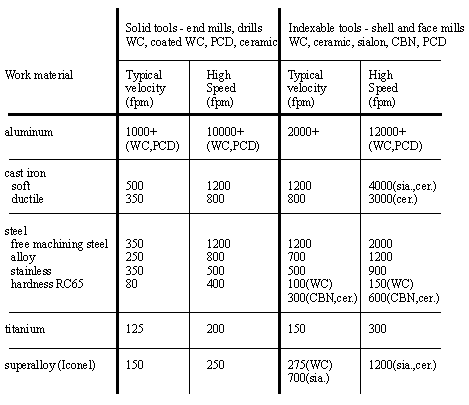
Lathe tools do not extend to those components used to hold the workpiece, which are themselves called work holding. Usually, these tools will be placed within the tool post (turret). Lathe tools is a collective term used for any machine tool which sits within a lathe and performs a given operation or task. Of course, if using a CNC lathe, this positioning will be done automatically by the selected program. Depending on the lathe tool, the tool post can take various forms (for instance round vs square shank holders).

The tool post can be adjusted mid-process if required.

Prior to the lathe chuck rotating, the tool post is pushed up to the workpiece and is positioned where the desired operation will take place. Simply, the tool post is used to hold machine tools within the lathe. Sitting between the spindle and tailstock is the tool post (turret). Tailstocks are not always used in lathe operations, for instance when boring the tool will need access to the workpiece in the place where a revolving centre would usually sit. Live centres feature a bearing which allows it to revolve and rotate with the workpiece, whilst dead centres do not rotate. Revolving centres encompass both live centres and dead centres. A revolving centre features a pointed end which gives additional stability in lathe operations. The tailstock moves freely along the machine bed and can be locked into place until the revolving centre, which sits in the tailstock, touches the workpiece. It is important that the correct lathe chuck is selected to hold a workpiece, as a workpiece clamped too loosely or not correctly could be a health and safety risk, or cause the job to be scrapped.Īt the other end of the workpiece, or the ‘tail end’ of a lathe, is the tailstock. The chuck will then spin at a given speed (either computer programmed in CNC lathes or manually set on a conventional lathe), in turn rotating the workpiece. scroll chuck, power chuck, independent chuck) feature a certain number of jaws, which will be used to clamp a workpiece securely. These components include a spindle and tailstock, which are both used to hold a workpiece in place during operation.Īlthough technically a lathe can have multiple spindles (another commonly being the tailstock or sub spindle), usually when describing a lathe spindle this refers to the ‘main’ spindle where a lathe chuck will sit. It essentially acts as a track whereby other lathe components sit and move along. Most lathes are built on a machine bed, which runs horizontally across the whole length of a lathe.

Lathes can vary from very basic (for small-scale hobbyist uses like shaping pottery or woodworking) to large-scale CNC lathe units capable of lumping off massive quantities of metal. Lathes can perform a variety of applications including turning, boring, parting off, knurling, threading, corner rounding, grooving, forming, drilling and face grooving. This differs from a milling machine as it is the workpiece that rotates, whilst the machine tool used to shape, cut or machine the workpiece remains stationary. What is a lathe and what are its main features?Ī lathe is a piece of engineering equipment commonly used to machine workpieces by rotating the workpiece around a given axis.


 0 kommentar(er)
0 kommentar(er)
